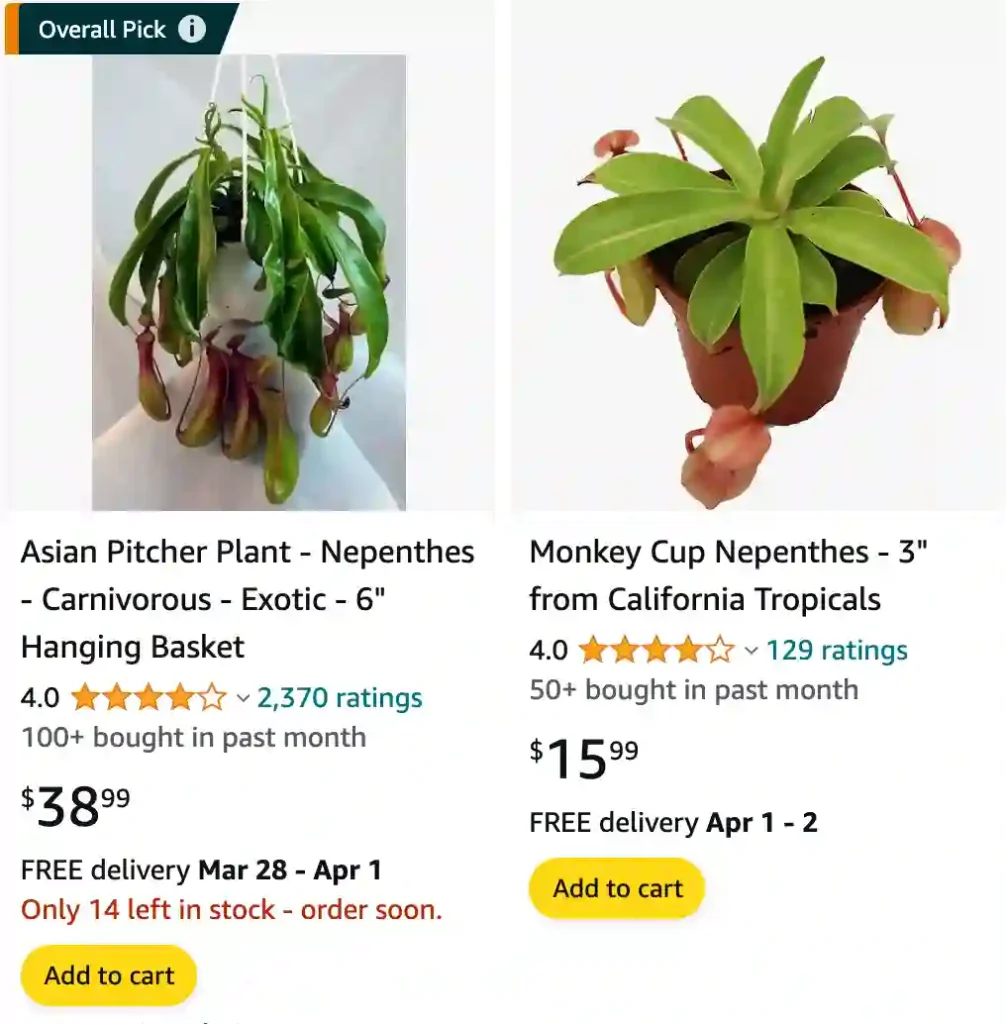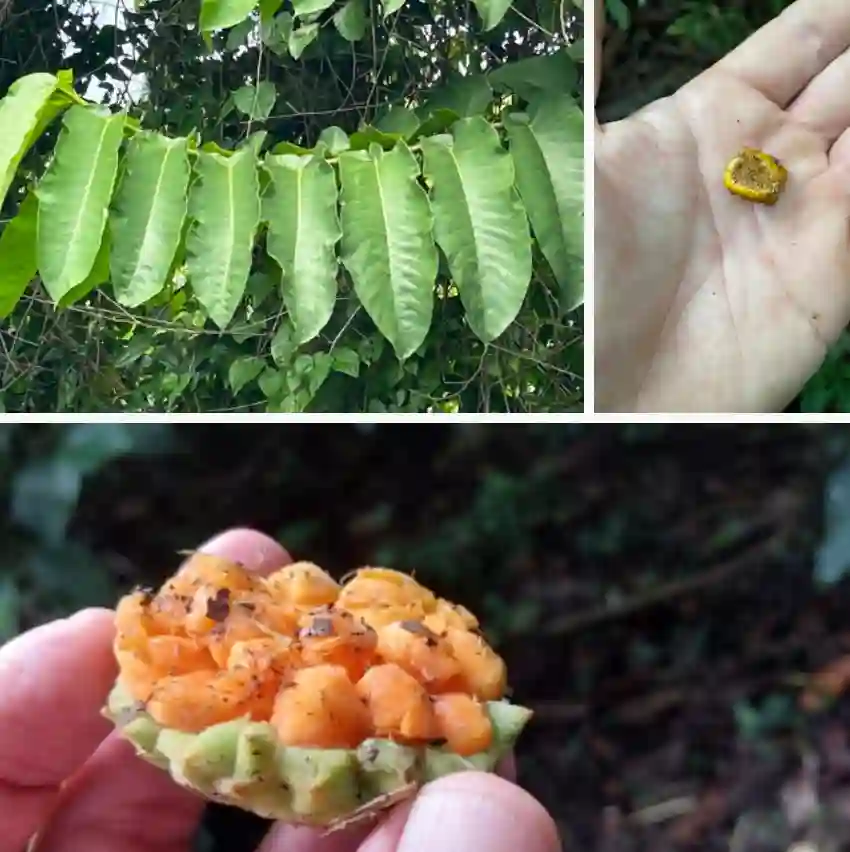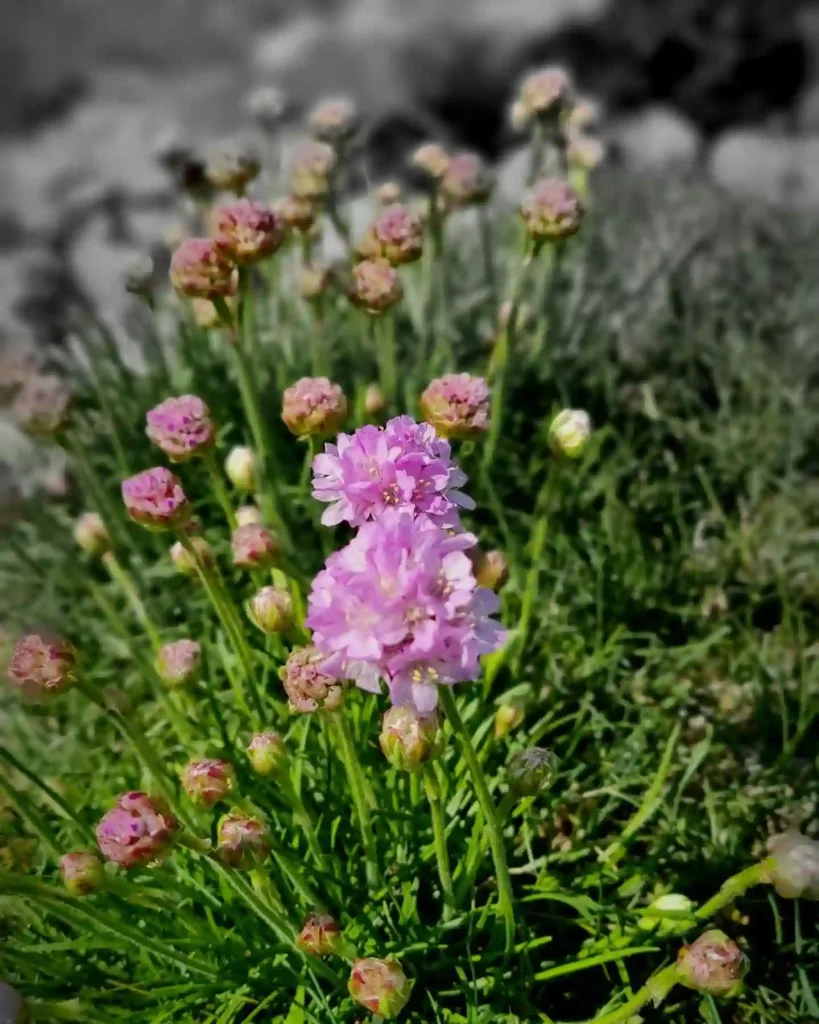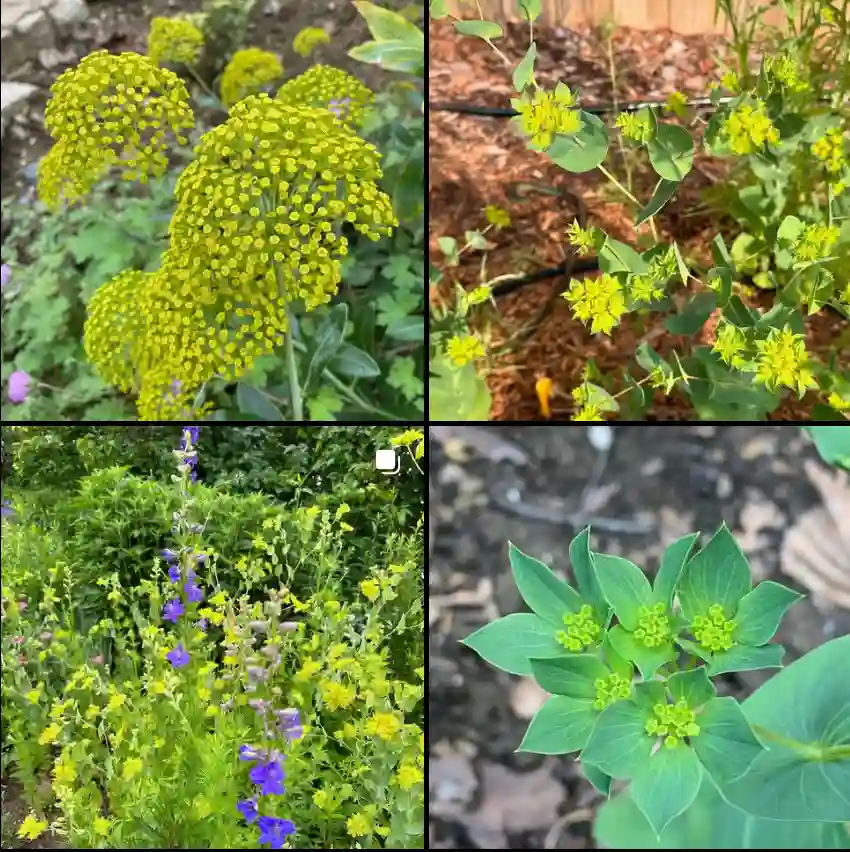
Nepenthes Burbidgeae: A Q&A with Ferb Vu
I’m Ferb Vu, and I’ve been cultivating carnivorous plants for over a decade. One of the most captivating species in my collection is the Nepenthes Burbidgeae. This Bornean beauty is a true conversation starter, and I constantly field questions about it. So, let’s delve into the world of Nepenthes Burbidgeae and answer some of the most common inquiries.
Plant Family: Nepenthaceae – 207 Species in Genus Nepenthes
What’s the allure of Nepenthes Burbidgeae?
Simply put, it’s breathtaking. Nepenthes Burbidgeae boasts some of the most stunning pitcher plants in the carnivorous kingdom. Imagine a glossy, porcelain vase splashed with vibrant pinks and reds, forming mesmerizing stripes. The lids, often whitish with green and red speckles, add another layer of visual intrigue. These aren’t just passive traps; they’re works of predatory art.
Is Nepenthes Burbidgeae difficult to grow?
Nepenthes Burbidgeae can be a bit challenging, but the reward is worth the effort. It thrives in high humidity (think 60%+) and bright, indirect light. Think dappled sunlight filtering through a forest canopy rather than harsh afternoon sun. Unlike some Nepenthes species, Burbidgeae prefers slightly warmer temperatures, making it more adaptable to indoor environments.
How does Nepenthes Burbidgeae differ from other Nepenthes varieties?
While many Nepenthes produce eye-catching pitchers, Burbidgeae stands out for its unique coloration and ovate (egg-shaped) pitcher form. Compared to, say, the more tubular pitchers of Nepenthes Ventricosa, Burbidgeae offers a more elegant and visually distinct look. Growth rate is another differentiator. Burbidgeae is a slow grower, taking its time to unfurl new pitchers. But for patient collectors, the wait is part of the charm.
What are some tips for caring for Nepenthes Burbidgeae?
Here are some key things to remember:
- Light: Bright, indirect sunlight is ideal. South-facing windows might be too harsh. Experiment to find the sweet spot.
- Humidity: Aim for consistently high humidity (60% or above). Consider a humidifier, terrarium setup, or pebble tray filled with water to create a microclimate.
- Water: Use distilled or rainwater whenever possible. Tap water often contains minerals that can harm the plant. Keep the growing medium consistently moist, but avoid soggy conditions.
- Temperature: Burbidgeae tolerates a wider temperature range than some highland Nepenthes. Room temperature (around 70°F) is a good starting point.
- Feeding: While not essential, you can occasionally offer the plant prey like flies or bloodworms. Don’t overdo it, as the plant can obtain nutrients through photosynthesis as well.
Can Nepenthes Burbidgeae be grown indoors?
Absolutely! With proper care, Nepenthes Burbidgeae can thrive indoors. Just ensure it receives sufficient indirect light and high humidity. Terrariums can be a great option, but regular monitoring is crucial to prevent overheating.
Where can I find Nepenthes Burbidgeae?
Due to its captivating looks, Nepenthes Burbidgeae can be a sought-after plant. Reputable carnivorous plant nurseries and online vendors are your best bets. Be prepared for slightly higher prices compared to more common Nepenthes varieties.
What are some common problems with Nepenthses Burbidgeae?
- Low humidity: This is the number one culprit for stunted growth and poor pitcher production. Ensure consistent high humidity.
- Improper watering: Using tap water or letting the plant dry out for too long can damage the roots. Stick to distilled water and maintain consistent moisture.
- Insufficient light: Without enough light, the plant will struggle to produce healthy pitchers. Experiment with different locations to find the ideal amount of indirect sunlight.
- Pesticide use: Avoid using any insecticides or pesticides, as these can harm the plant.
How often do the pitchers need to be emptied?
The pitchers don’t necessarily need to be emptied. They naturally absorb the nutrients from captured prey over time. However, if the pitcher appears full of debris or stagnant water, you can carefully remove it with a tissue.
Does Nepenthes Burbidgeae need dormancy?
Unlike some highland Nepenthes, Nepenthes Burbidgeae doesn’t require a strict dormancy period. However, you can provide slightly cooler temperatures at night (around 60°F) to mimic its natural habitat.
Can Nepenthes Burbidgeae be propagated?
Yes, Nepenthes Burbidgeae can be propagated through stem cuttings or leaf pullings. However, this is a more advanced technique and requires careful attention to humidity and sterile practices.
How long does Nepenthes Burbidgeae live?
With proper care, Nepenthes Burbidgeae can live for many years, potentially even decades.
Final Thoughts on Nepenthes Burbidgeae
Nepenthes Burbidgeae is a captivating carnivorous plant that rewards patient collectors with its stunning beauty. While it might require a bit more attention than some beginner-friendly Nepenthes, the unique coloration, elegant form, and manageable size make it a worthwhile addition to any carnivorous plant enthusiast’s collection. With proper care and dedication, you can cultivate this captivating carnivore and witness its predatory artistry firsthand.
If i die, water my plants!



